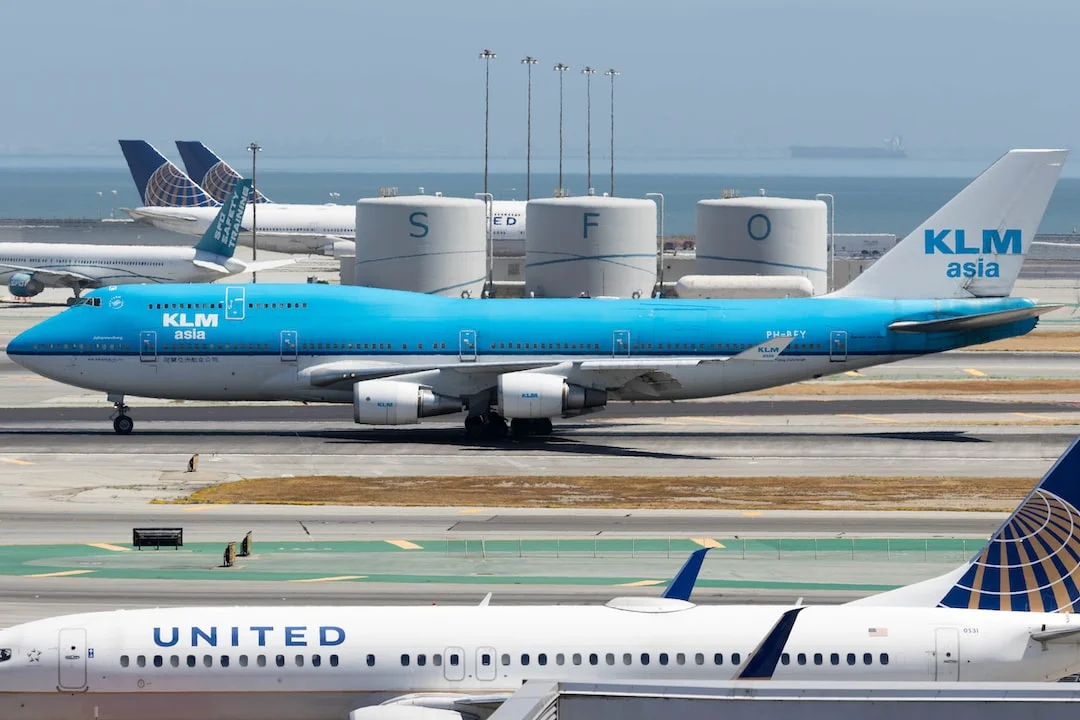The Airbus A320 is a popular narrow-body aircraft used by airlines around the world. It has a maximum takeoff weight of 77,000 kg and can carry up to 180 passengers. One important aspect of the A320’s performance is its Flex/Maximum Continuous Thrust, also known as FLX/MCT. FLX/MCT refers to the level of engine thrust that can be used during takeoff and climb, as well as during continuous flight. Let’s take a closer look at what Flex/Maximum Continuous Thrust is and how it impacts the performance of the Airbus A320.
Understanding Flex Thrust
Flex Thrust, also known as Flex Rating or Derated Takeoff Thrust, is the reduced thrust setting used during takeoff. The purpose of using Flex Thrust is to extend the life of the engines and reduce maintenance costs. By reducing the thrust output during takeoff, the engines operate at a lower temperature and experience less stress, resulting in a longer lifespan.
Flex Thrust is determined based on various factors, including the weight of the aircraft, temperature, runway length, and obstacles in the flight path. During the pre-flight planning phase, the flight crew calculates the Flex Thrust setting to ensure a safe and efficient takeoff. This calculation takes into account the performance characteristics of the aircraft and the specific conditions of the departure airport.
Once the Flex Thrust setting is determined, it is entered into the aircraft’s flight management system. During takeoff, the engines will automatically adjust to the specified thrust level, providing the necessary power for a smooth and controlled takeoff. The use of Flex Thrust allows the aircraft to operate at optimal performance and reduces wear and tear on the engines, ultimately saving costs for the airline.
Maximum Continuous Thrust for Continuous Flight
While Flex Thrust is used during takeoff, Maximum Continuous Thrust (MCT) is the maximum thrust setting that can be used for continuous flight. MCT is typically higher than Flex Thrust and provides the necessary power to maintain the aircraft’s speed and altitude during normal flight operations.
The MCT setting is determined based on the engine’s performance capabilities and limitations. It takes into account factors such as air temperature, altitude, and the aircraft’s weight. The engine manufacturer provides specific guidelines on the maximum continuous thrust that can be safely used for prolonged periods without causing any damage or excessive wear to the engine.
The pilot sets the MCT thrust level based on the current flight conditions and the aircraft’s weight. During the flight, the engines operate at this thrust setting to maintain the desired speed and altitude. The use of MCT provides a balance between fuel efficiency and engine performance, allowing the aircraft to operate efficiently without putting excessive stress on the engines.
The Impact of Flex/Maximum Continuous Thrust
The Flex/Maximum Continuous Thrust setting on the Airbus A320 has several important implications for the aircraft’s performance:
1. Fuel Efficiency: By using Flex Thrust during takeoff, the aircraft can achieve a more gradual acceleration and climb, which results in reduced fuel consumption. The reduced thrust setting also helps to optimize engine performance and improve fuel efficiency.
2. Engine Life: The use of Flex Thrust extends the life of the engines by reducing their exposure to high temperatures and stress during takeoff. This results in lower maintenance costs for the airline, as the engines require less frequent inspections and replacements.
3. Engine Performance: The MCT setting ensures that the engines can maintain the required power output for continuous flight. This allows the aircraft to operate at its intended speed and altitude, providing a smooth and comfortable ride for passengers.
4. Safety Margin: The Flex/Maximum Continuous Thrust setting provides a safety margin for the aircraft’s performance. By operating within the prescribed thrust limits, the aircraft can handle unexpected events, such as an engine failure or an obstacle on the runway, without compromising safety.
In conclusion, Flex/Maximum Continuous Thrust plays a crucial role in the performance of the Airbus A320. The use of Flex Thrust during takeoff reduces stress on the engines and improves fuel efficiency, while the Maximum Continuous Thrust setting ensures optimal engine performance during continuous flight. By carefully managing the engine thrust levels, airlines can achieve cost savings, prolong engine life, and provide a safe and comfortable flying experience for passengers.
For more information on the Airbus A320 and its performance capabilities, you can visit the official Airbus website here.
For More: What is EFCS on Airbus A320? (Electronic Flight Control System)




